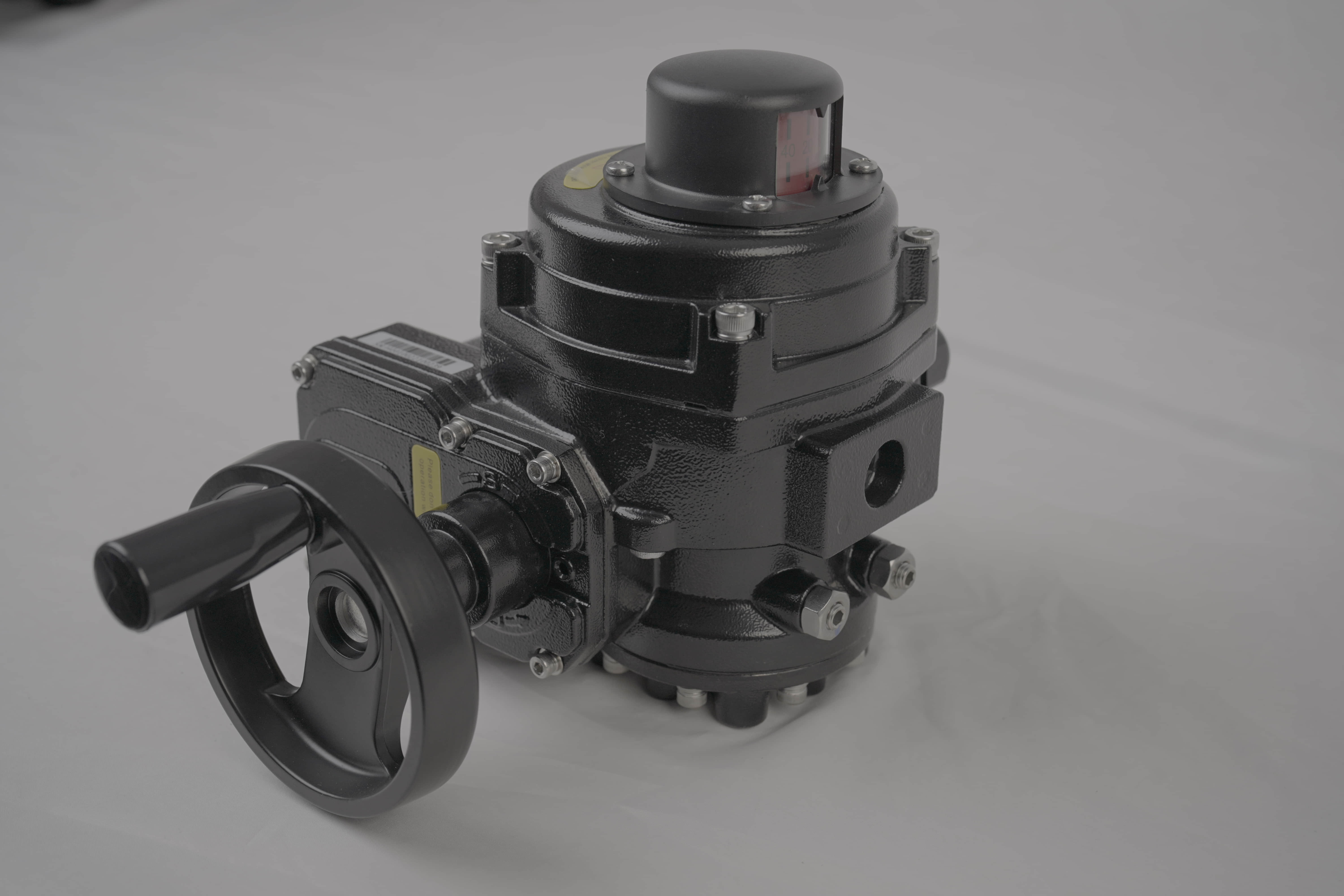
In recent years, lithium batteries have become indispensable in a wide range of applications, from consumer electronics to electric vehicles and industrial systems. While their advantages in energy density and efficiency are well-known, these batteries also pose specific safety risks, particularly related to thermal runaway and potential explosions. One critical component in mitigating these risks is the explosion-proof lithium battery valve. This article delves into the function, importance, and technological advancements of explosion-proof lithium battery valves, highlighting their role in enhancing battery safety and performance.

What is an Explosion-Proof Lithium Battery Valve?
An explosion-proof lithium battery valve is a specialized safety device designed to prevent the catastrophic failure of lithium-ion batteries by managing internal pressure and venting gases safely. Lithium-ion batteries, during abnormal conditions such as overcharging, short circuits, or thermal stress, can experience rapid decomposition of their electrolyte, leading to the generation of high-pressure gases and potentially resulting in explosions or fires. The explosion-proof valve is engineered to address these hazards by releasing excessive pressure before it reaches critical levels, thus safeguarding both the battery and its surrounding environment.
